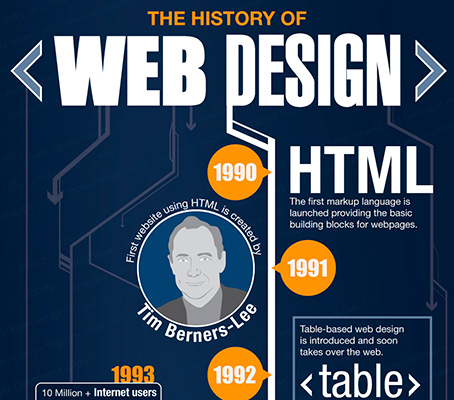Maximizing Website Design: Boosting User Interaction For Improved Conversion Rates
Maximizing Website Design: Boosting User Interaction For Improved Conversion Rates
Blog Article
Content Writer-McDougall Gaarde
Have you ever before visited a web site that took for life to tons, had a complicated navigation system, or didn't show effectively on your mobile device? Chances are, you quickly deserted that website and proceeded to one that supplied a much better individual experience.
In today's affordable on-line landscape, it's critical for companies to prioritize website design that improves user experience in order to drive far better conversions. In this discussion, we will discover the value of receptive design, the usage of user-friendly navigation, and the optimization of page load rate to develop a seamless and engaging user journey.
Keep tuned to discover exactly how these aspects can significantly impact your website's success.
Significance of Responsive Design
Responsive design is vital in today's electronic landscape for developing sites that adapt flawlessly to different display dimensions and tools. When your site is responsive, it immediately adjusts its format and material to fit any type of device, whether it's a smartphone, tablet, or computer. This is important since a growing number of individuals are accessing the net through their smart phones.
If your site isn't responsive, it can cause a bad individual experience. Users might need to squeeze and zoom to review material, switches may be too small to click on, and images may not be enhanced for smaller screens. This can frustrate users and cause high bounce prices and low conversions.
Utilizing Intuitive Navigating
When developing a responsive web site, it is very important to focus on using instinctive navigation for a boosted customer experience.
Intuitive navigating describes organizing your internet site's food selection and navigating elements in a sensible and user-friendly way. By doing so, you make it easier for site visitors to locate what they're searching for and browse via your website effortlessly.
User-friendly navigating helps reduce complication and aggravation, eventually bring about better customer interaction and enhanced conversions.
To achieve instinctive navigation, consider utilizing clear and detailed labels for your menu products, carrying out a consistent layout throughout all web pages, and incorporating search performance for quick access to certain content. In addition, it's crucial to focus on important web pages and details, ensuring they're plainly shown and easily obtainable.
Optimizing Web Page Load Speed
To enhance user experience, it's crucial to optimize the web page load rate of your site. Slow-moving packing times can irritate customers and cause greater bounce prices.
Fortunately, there are a number of techniques you can apply to boost your site's tons rate. First of all, take into consideration decreasing the dimension of your pictures by pressing them without jeopardizing high quality.
Additionally, maximize Read Much more by decreasing unnecessary scripts and CSS data. Another effective strategy is to utilize web browser caching, which allows particular elements of your site to be saved in your area, decreasing load times for returning site visitors.
Furthermore, take into best managed wordpress hosting usa using a web content shipment network (CDN) to distribute your site's files across numerous servers, boosting lots rate for users in different geographical places.
Final thought
In conclusion, by employing responsive design, instinctive navigating, and optimizing web page load speed, web designs can substantially boost customer experience and drive better conversions.
With a straightforward interface, easy navigation, and fast loading times, web sites can record and preserve the attention of individuals, bring about raised interaction and higher conversion prices.
So, do not delay in carrying out these web design techniques to ensure a smooth and successful individual experience!
